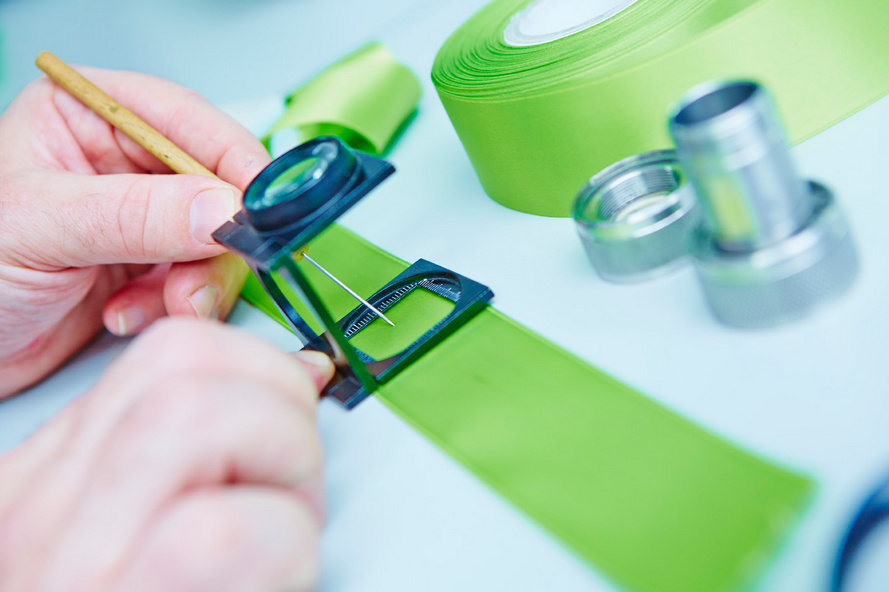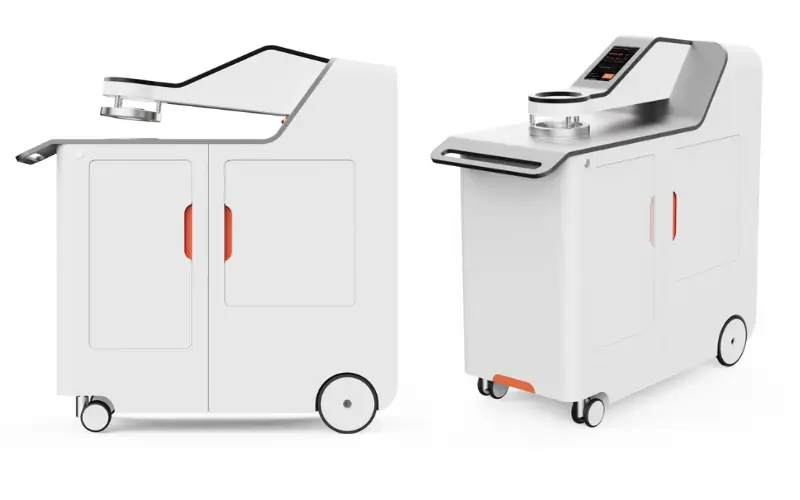Any woven fabric with floral touch seems fascinating, isn’t it? Brocade fabric is that of a kind. Brocade, a woven fabric, with a floral design get introduced in the process of weaving. Behind this unique patterned embroidered fabric, there has a long history of distinct cultures. This article will take you into insights into brocade fabric with definite features, advantages, and manufacturing details.
What is Brocade Fabric?
Brocade refers to the patterned woven fabric with a decorative design fully made of gold and silver threads. Brocade has a similar resemblance to an embroidered designed material. The patterns are a creation of weft threads in the tenure of the weaving process. Moreover, Brocade is a woven made silk on a loom. Here, to produce an ornamental design full of decoration, extra weft threads are required. Embroidered and decorative weaves will be providing an impression.

What is Brocade Fabric Made of?
Brocade fabric has been a woven silk material from the Middle Ages. Brocade fabric, being a luxury item, was a rare fabric material. Silk production has recently been widespread around the world so as the brocade fabrics. The available production of silk makes brocade fabric more affordable.
Today, we are also watching rayon, cotton, and polyester fabrics used in making brocade fabrics. Brocade fabrics get dyed even before the process of weaving. Because, if the brocade fabric gets dyed after the process of weaving, the fabric may lose its beautiful pattern. The background of the brocade fabric is twill, satin, and plain weave too. The rich and heavy materialled fabric is used to make evening draperies, upholstery, and evening dresses.
The Manufacturing Method of Brocade Fabric
Brocade fabric gets created by a weaving process that requires an additional weft of yarn. Here, the weft yarn is added to the warp and weft yarn. Due to the manufacturer’s advancement, the brocade fabric is jacquard loom made. It is the common name that describes the loom and jacquard machine.
Brocade fabric has a total of 2 processes in the manufacturing sector. They are:
- Dyeing
- Weaving
Step 1: Dyeing process:
Here, the yarns that make the brocade fabric gets dyed before the weaving process
Step 2: Weaving Process:
Here, the fabric gets weaved using the computerized jacquard looms.
Description:
Brocade fabric consists of 3 yarns together to make the mandatory warp and weft yarns. They both compose the woven textile’s basic structure. It features a weft yarn which creates an ornamental pattern on the fabric. Weavers require enough effort and detail to get made on conventional looms. As we have said before, the computerized Jacquard looms make it easier.
In the previous days, brocade fabric used to be a stiffer fabric as it was getting used for the making of upholstery. Modern brocades have become soft to handle. It also makes the fabric versatile. The Jacquard process makes the background weave with a tightly woven design embossed in it.
Brocade Fabric: Types
Technological advancement has made it possible to get brocade fabrics in different yarn types. Brocade is no longer limited to silk-based after all. The types of brocade fabric are many. They are:
- Continuous Brocade
To create the designs, the additional weft gets hung on the fabric back.
- Discontinuous Brocade
The extra weft is woven in nature. It is woven in patterned areas.
- Silk Brocade
This is the popular form because of its smoothness, luxury, and durability.
- Synthetic Brocade
Synthetic brocade is not as expensive as silk and brocade. The synthetic one is cheap to produce. Also, the brocade fabric is not comfortable to wear.
- Cotton brocade
Cotton is very simple to produce. But the cotton brocade is not much luxurious. It also uses fewer complex patterns.
- Himro Brocade
Himro is an Indian manufactured fabric made of silk and cotton. The Himro brocade is softer, breathable, stretcher-like cotton. They are durable as well.
- Zari Brocade
Zari fabric is a complete package of threads and precious metals- silver, gold, and copper. We have heard the Zari sarees, right? They are Indian and mostly traditional in nature.
Properties of Brocade Fabric
| Fabric Name | Brocade Fabric |
| Manufacturing Materials | Silk, rayon, polyester. |
| Fabric Durability | High |
| Fabric Breathability | Low (seems high- comparatively) |
| Fabric Stretchability | Low |
| Fabric Shine | High |
| Fabric Drape Ability | |
| Heat Retention Abilities | Medium |
| Prone to Bubbling | Depends on the fabric material |
| Commonly Used in | Dresses, costumes, vestments, suits, drapes |
Characteristics of Brocade Fabric
Heavy in Nature
Brocade fabric is heavy, and it cannot retain the high temperature during ironing.
Wrinkle-resistant
Washing the brocade gently using mild shampoo may remove the wrinkles.
Dry-cleaning only
To wash the brocade fabric, dry cleaning is required.
Smooth and Lustrous
Brocade fabric is great to wear-friendly in the evening. As the fabric is smooth and shiny in nature.
Advantages of Brocade Fabric
Apart from the outlook, brocade fabric has a significant impact on the textile material. The main brocade fabric material is silk fiber. It is environmentally friendly. Because silk production has not any fertilizer or pesticide requirements. Apart from this environmental impact, brocade fabric also:
- Is not difficult to sew.
- Can also be natural and synthetic, depending on the used material.
- Requires gentle handling.
- Requires dry cleaning to retain the design.
- Is also fashionable for all gender.
Applications of Brocade Fabric
Brocade fabric can be used for several things. Starting from making dresses, trousers, coats, and suits to evening jackets, brocade fabric has mainly 5 areas to get utilized.
Homeware: Curtains and draperies to make brocade fabric heavy and patterned.
Furniture: Brocade cushions, ornamental chairs, and sofas with brocade patterns.
Accessories: Brocade, being a fabric of choice, is to make throw pillows.
Vestments: The use of brocade in religion. Brocade fabric gets used to depict Christian subjects. It also gets used to make liturgical garments.
Clothing: Brocade fabrics are mostly used in making jackets, dresses, trousers, and coats.
Conclusion
Among the manufacturing materials, brocade fabric mostly gets benefitted environmentally through silk, cotton, and wool fabrics. Because they are biodegradable in nature. Synthetic fabrics contribute to plastic pollution a lot which is why it is wise to avoid polyester-made fabric. We cannot simply deny that brocade, being a highly rich woven fabric, gets raised in a decorative design. Brocade fabric is a complete package of sheerness. It is a privilege to doll up in brocade-made clothing in evening wear because of its lustrousness.



